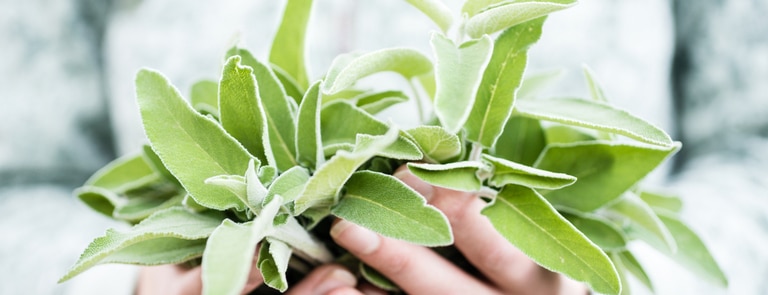10% off £35
9 health benefits of wild yam (backed by science)

Summary
1What is wild yam?
Wild yam (Dioscorea Villosa) is a plant that hails from North America, Mexico and Asia. The root and bulb have been used in traditional medicine.
2What causes menopausal symptoms?
Symptoms are caused by a decline in ovarian function – your ovaries start to produce less oestrogen as you go through perimenopause.
3Does wild yam increase oestrogen or progesterone?
As we’ve already mentioned, oestrogen-like compounds in wild yam may help ease menopausal symptoms.
Wild yam has traditionally been used to rebalance see-sawing hormones that can trigger symptoms such as PMS and menstrual cramps.
But it could also help with the menopause, from tackling hot flushes to beating low mood.
Wild yam root contains a chemical called diosgenin, a phytoestrogen; a plant substance that has weak oestrogen-type effects.
This may be why wild yam is often recommended by herbalists as a natural alternative to menopause remedies.
Keep reading for more insight on wild yam, including the health benefits of using it.
What is wild yam?
Summary
What causes menopausal symptoms?
Wild yam for menopause
Does wild yam increase oestrogen or progesterone?
Is wild yam a natural progesterone?
Summary
11 natural remedies for menopause & symptoms
From sage to vitamin E, here are 11 natural remedies for menopause symptoms and the scientific evidence that backs them up.


9 wild yam benefits
Menopause: The best & worst foods to eat
Although it may be tempting to eat or drink your way through the menopause, there are some foods that are better – and worse – for menopausal symptoms.


Side effects of wild yam
Summary
Takeaway
- https://www.verywellhealth.com/wild-yam-what-should-i-know-about-it-89533
- https://www.nhs.uk/Livewell/menopause/Pages/hot-flushes.aspx
- http://drtorihudson.com/articles/lesser-know-botanicals-for-menopause-symptoms/
- https://www.wellsprings-health.com/pages/yam-extract-and-natural-progesterone/
- https://www.verywellhealth.com/wild-yam-what-should-i-know-about-it-89533
- https://www.sciencedirect.com/topics/pharmacology-toxicology-and-pharmaceutical-science/yam
- https://healthfully.com/128484-wild-yam-fertility.html
- http://pennstatehershey.adam.com/content.aspx?productId=107&pid=33&gid=000280
- https://www.ncbi.nlm.nih.gov/pubmed/8795709
- https://www.verywellhealth.com/wild-yam-what-should-i-know-about-it-89533
- https://www.prohealth.com/library/health-benefits-yams-84142
- https://selfhacked.com/blog/chinese-yam/
- https://type2diabetes.com/treatment/natural-remedy
- https://www.ncbi.nlm.nih.gov/pmc/articles/PMC4103732/
- https://www.conserve-energy-future.com/benefits-of-yams.php
- https://www.ncbi.nlm.nih.gov/pmc/articles/PMC5691776/
- https://www.conserve-energy-future.com/benefits-of-yams.php
- https://www.saga.co.uk/magazine/health-wellbeing/treatments/herbal-remedies/wild-yam














